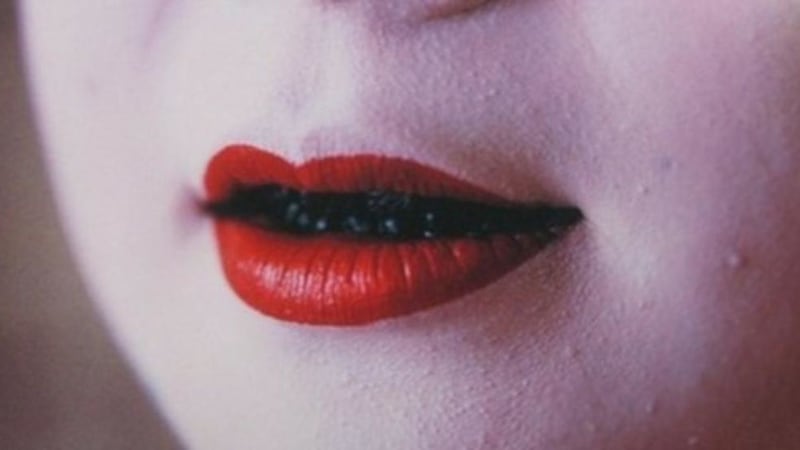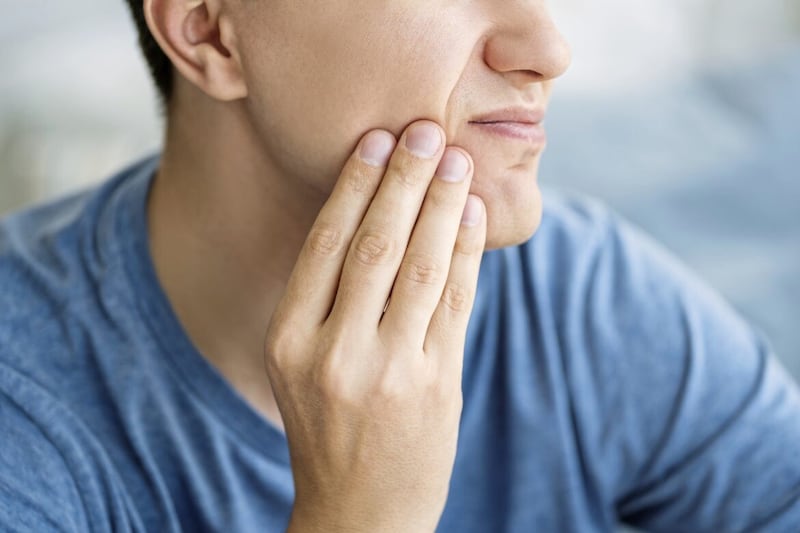WHAT is beauty? Our ideas of beauty have constantly changed over the centuries. Humans who have natural regular features have traditionally been considered the most beautiful throughout history; however, nowadays even this is being challenged by the more fake, cartoonist type of body form.
Indeed the smile has not been immune from this sort of style pendulum. Remarkably a 'beautiful smile' has swung between two extremes. A gleaming white smile was not always what people aspired to; there was a time when black teeth were considered the epitome of sophistication.
Tooth blackening has been practised since prehistoric times. There are written records of how the medieval emperors of China and kings of south-east Asian countries including Indonesia and the Philippines also blackened their teeth. Back in 1938, a French survey found 80 per dent of the countryside folk of Vietnam had blackened teeth.
While this custom is known to be practiced in different parts of the world, it is most commonly associated with Japan. In Japan tooth blackening was known as Ohaguro. It was believed to enhance sex appeal in addition to maintaining healthy teeth. Linking tooth blackening to a prolonged set of teeth is not just a belief; studies have shown that those with blackened teeth maintain a full set of teeth for longer than those without lacquered teeth.
This 2,000-year-old beauty secret is based on the belief that that only wild animals and demons have white teeth. The blackening of the teeth was an assurance that one would not be mistaken for an evil spirit. Women with blackened teeth were seen as extremely beautiful. Furthermore, the Samurai practiced Ohaguro, so as to demonstrate their loyalty towards their masters.
The traditional Japanese tooth-blackening method was completed using a mixture of iron fillings and tea or sake. The liquid turned black upon oxidation of the iron. Spices like cinnamon, cloves and anise were often added to the resin to reduce the harsh chemical taste of the dye.
As part of the Japanese government's initiative to modernise the formerly secluded island nation in the late 19th century, it banned Ohaguro in 1870. It wasn't until 1873 when the empress of Japan made a radical beauty statement, appearing in public with white teeth, that people began to see a beautiful smile in a different light.
Even today, tooth blackening still exists in some rural communities in Vietnam.








